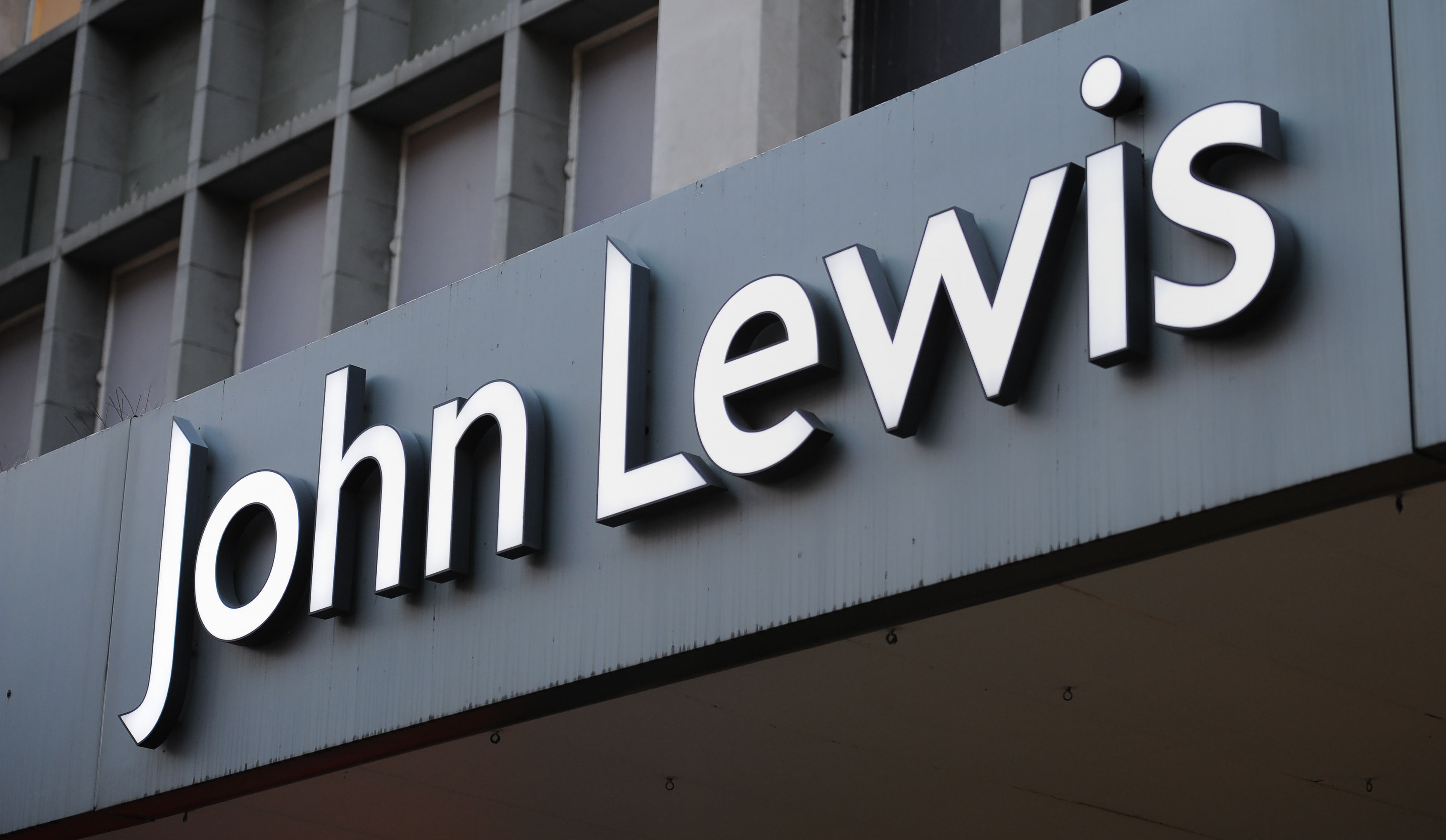
A HIGH street retailer has become the first in the UK to remove gender-based labels on its own brand of children’s clothing.
John Lewis has ditched “boys” and “girls” tags from its own childrenswear ranges, replacing them with labels that read “Boys & Girls” instead.
The upmarket store has also taken away any gendered signage from its kids’ clothing departments and has introduced a unisex line featuring dinosaur-print dresses and spaceship tops.
John Lewis’s head of childrenswear Caroline Bettis said the firm does “not want to reinforce gender stereotypes” and the change would give “greater choice and variety” to customers, allowing “the parent or child to choose what they would like to wear”.
Retail expert Ewan Macdonald-Russell, head of Policy and External Affairs at the Scottish Retail Consortium, said the move could actually help John Lewis’s profits and boost its brand profile with socially-conscious shoppers, adding that he would not be surprised if other retailers followed suit.He added that the change is just the latest progression in retail, following the decision to remove gendered toys by many retailers as early as 2013.
He said: “Customers today are more aware of the environment they are shopping in, and consequently retailers are taking further steps to ensure they continue to promote products in a responsible and progressive manner.
“We have already seen a number of retailers make similar moves on children’s toys; and it’s likely further brands will look to move away from traditional gender-binary labelling in children’s lines in the future.
“With customers more and more focused on the values a retailer holds as well as price and range, it’s likely to help with sales as well as brand perception.”
It comes following Scottish Government proposals earlier this year to introduce gender neutral toilets in schools, which was met with mixed reviews from the public.
In Glasgow yesterday, some shoppers branded John Lewis’s changes as “too much”. However, others said they liked the fact it could give them more options when shopping for their little ones.
Kirsty Mitchell, 23, from Ayr was in Glasgow with her three children Jamie, Nathan and baby Emily.
She said: “It doesn’t make any difference to me. I just get them whatever they want.
“I’m not stereotypical with that kind of thing. I wouldn’t look at a label and think ‘I’m not buying that for a girl because it says it’s for a boy’.
“It makes no difference to me… if it’s nice I’ll buy it.”
However, Adam Nowak and his wife Agnes did not agree and said that they felt clothes should be labelled for boys and girls.
The pair, from Cumbernauld, said they bought clothing based on gender for their kids Nathan, six, and Roxanna, 12.
Adam, 30, said: “I think boys should dress as boys and girls as girls. I think it’s a bit too much to have everything gender neutral. If it’s something like trousers or shoes then fine, but not dresses and skirts.”
The move comes after a string of gender-related issues on the high street, most recently when Clarks was forced to withdraw a girls’ shoe line because it was branded sexist by shoppers.
The now-scrapped Dolly Babe shoes, with a pink love heart insole, had an equivalent boy’s version named Leader with a football detail inside.

Enjoy the convenience of having The Sunday Post delivered as a digital ePaper straight to your smartphone, tablet or computer.
Subscribe for only £5.49 a month and enjoy all the benefits of the printed paper as a digital replica.
Subscribe